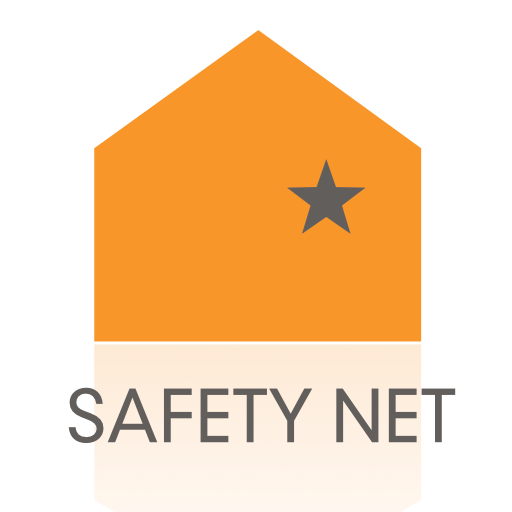Stop. Think. Connect.
/The internet is such a big part of our lives. We bank, shop, watch movies, read the news, play games, and do a lot more. We also share a lot about ourselves online, whether it’s letting Sephora (and every online targeted advertiser) know that you're currently looking for the perfect lipstick (which I found, by the way!) or sharing selfies of said perfect lipstick on Facebook. The internet knows a lot about us – just Google yourself. You might be surprised at how well-known you actually are.
October is Domestic Violence Awareness Month as well as National Cyber Security Awareness Month (NCSAM). For survivors of domestic violence, stalking, and sexual assault, online security and safety is imperative; but it’s also important for everyone. One of the theme for NCSAM is STOP. THINK. CONNECT. Before you connect online, stop, and think about your privacy and security. Who’s going to see that selfie on Facebook? Is your connection secure when you type in your credit card information on Sephora’s website? (Tip: Check your Facebook privacy settings, and make sure you’re using an HTTPS connection when sharing sensitive financial information.)
To honor Domestic Violence Awareness Month and National Cyber Security Awareness Month, we’ve put together a series of videos on Online Privacy & Safety. Below is today’s video, and for the next four days, we’ll be releasing a new video in this series (check back here daily or follow NNEDV on social media to see them all!). They’re short and sweet, and we hope they will be helpful.
· Online Privacy & Safety - Introduction
· Facebook Privacy, Security & Safety
Meanwhile, if you want more tips on surfing the internet safely, check out:
“Online Privacy & Safety” section in our Technology Safety & Privacy: A Toolkit for Survivors




